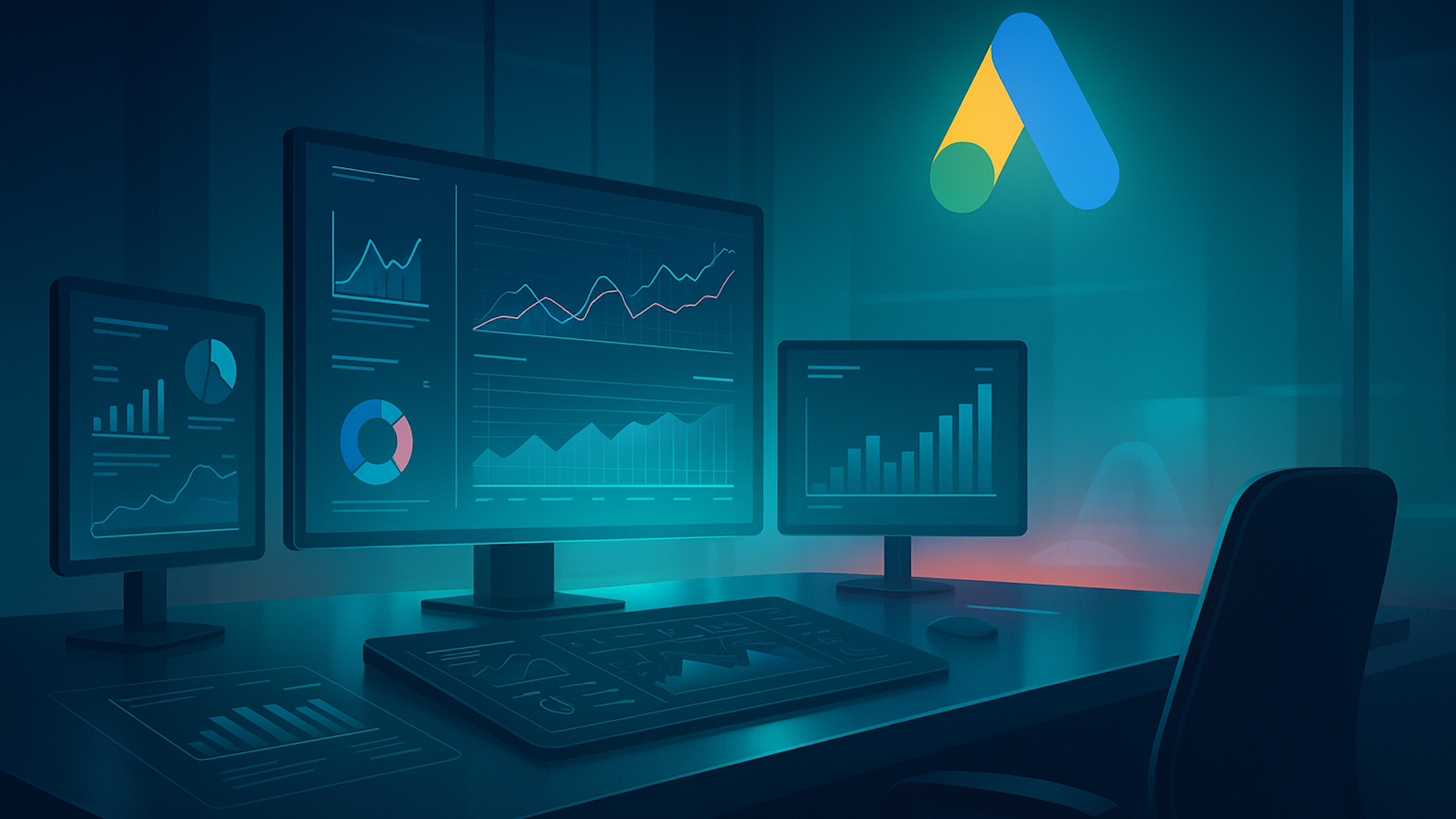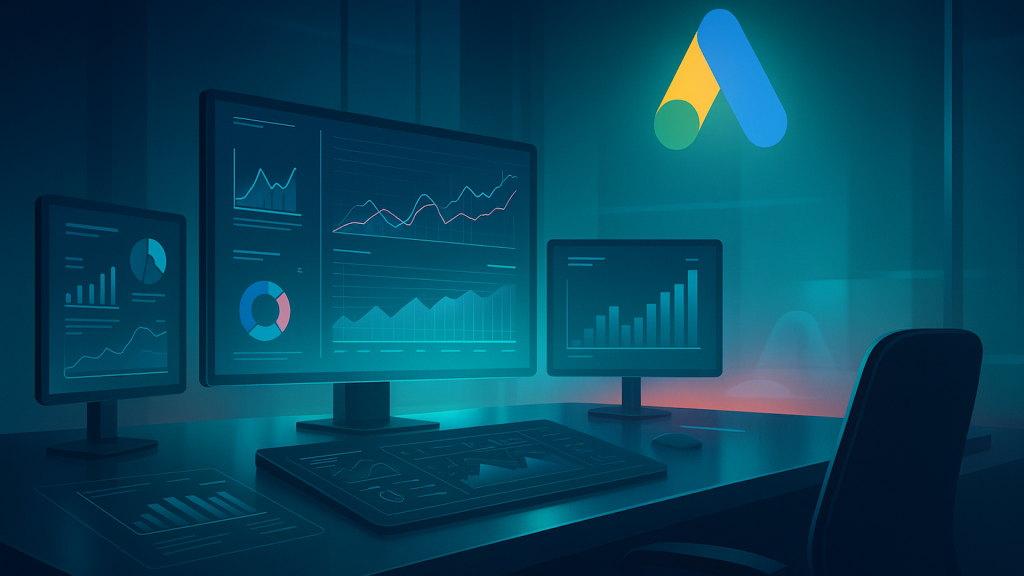Why B2B brands are shifting from keywords to Performance Max

The shift away from fully keyword-targeted search campaigns has been building for years – but this week, it reached a tipping point.
Two account managers on my team, each handling different clients in different industries, came to me with the same uneasy admission.
They were leaning toward dropping some of their keyword search campaigns in favor of Performance Max.
Not all of them. But some. These weren’t impulsive calls.
They were data-backed decisions made after months of testing, optimization, and watching Performance Max consistently outperform keyword-targeted campaigns.
Are we heading toward keywordless targeting? Not quite.
But we’ve reached a stage where some accounts are no longer keyword-dominant – and that shift changes everything.
When seasoned PPC marketers who’ve built their careers on keyword strategies start making this recommendation, it’s time to pay attention.
The landscape has changed, and if you’re still resisting, you’re not being cautious – you’re forfeiting growth.
The stars have aligned for AI-forward advertising
Here’s what’s happening right now:
- AI Overviews are appearing more frequently in search results.
- Google’s AI Mode is gaining adoption.
- YouTube viewership continues to climb.
- Users are searching, scrolling, streaming, and shopping differently than they did even a year ago.
If the way people engage with Google has fundamentally changed, doesn’t it make sense that the way we manage campaigns should change too?
Google has been moving toward AI-powered campaigns for years, but 2025 is different.
This is the year where AI-forward strategies aren’t just nice to have – they’re essential.
The advertisers who embraced Performance Max, Demand Gen, and now AI Max early are seeing results.
The ones who are still waiting? They’re watching their competitors pull ahead while they sit at the station.
The holistic approach you’ve been missing
Across client accounts – and in conversations with prospects – I’m seeing a clear pattern:
B2B companies that focused too heavily on performance marketing are now admitting they have a brand trust problem.
On the flip side, companies that invested only in awareness are struggling to convert.
The answer isn’t choosing one or the other. It’s both.
I used to call it awareness campaigns. Now I’m calling it what it really is: brand trust campaigns.
Because when you show up consistently across platforms, you’re building more than awareness – you’re building trust that your brand exists, matters, and can solve your customers’ problems.
While LinkedIn and Meta often dominate brand trust conversations, Google’s AI-forward Demand Gen campaigns deserve serious attention.
These campaigns use first-party data and website engagement signals, and they’re currently the only campaign type that can target lookalike segments across the web.
With high-impact images and videos, they function like social ads with strong engagement and brand recall.
When you pair brand trust campaigns like Demand Gen with Performance Max – which will likely soon appear in AI Overviews, AI Mode results, and across Google’s entire ecosystem – you’re building a program with staying power.
Dig deeper: How to optimize B2B PPC spend when budgets and confidence are low
Get the newsletter search marketers rely on.
See terms.
Performance Max is replacing keyword-dominant strategies
I’m not saying keywords are dead – but 100% keyword-targeted search campaigns are no longer the dominant strategy.
In those two accounts I mentioned earlier, the path to dropping some keyword campaigns wasn’t overnight. It was methodical.
While our clients initially wanted to advertise every service, it wasn’t feasible to promote everything through keyword-targeted campaigns – it was simply too costly.
We went with a keyword-based strategy for top-tier services, and tested Performance Max for tier-two and tier-three services.
The results were promising, so we were given more budget.
After several months, conversion rates and sales data made it clear.
Performance Max was a rising star. We added top-tier services to PMax to complement existing search efforts.
Is the final step completely dropping those keyword campaigns and going all-in on Performance Max? Maybe someday.
Now, this isn’t an all-or-nothing scenario for every account.
In many cases, Performance Max and keyword campaigns work beautifully together.
But what I am seeing is a clear trend: Performance Max is earning more budget, more trust, and more results.
Think about what these AI-powered campaigns actually do.
They create opportunities for your brand to show up consistently across search, Google, and YouTube.
By the time someone is ready to convert, they may search directly for your brand or use a high-intent keyword – and your Performance Max campaign will be there.
But you’ve already built awareness, trust, and consideration long before that moment.
Dig deeper: Top 6 B2B paid media platforms: Where and how to advertise effectively
AI Max: The next evolution
Google’s newest offering, AI Max for Search campaigns, represents yet another evolution.
Early results from our testing are mostly flat – which is actually fine at this stage.
But here we are again, facing the same hesitation we saw with Performance Max when it first launched.
However, what’s exciting about AI Max is its location interest targeting at the ad group level and new brand controls that we haven’t seen before.
These are meaningful additions that signal where Google is heading.
The cost of resistance
Here’s what I hear from the market:
- “I tried Performance Max and it didn’t work.”
- “I’m seeing too many junk keywords.”
- “I’m not ready to give up control.”
I get it. Change is uncomfortable.
Letting AI optimize assets feels like relinquishing control. Trusting the algorithm with your budget requires a leap of faith.
But every single Google product launch faces this same resistance.
Each time, the advertisers who adopt early, test thoroughly, and push through the learning curve are the ones who win.
If something didn’t work six months ago, that doesn’t mean it won’t work today. Performance Max has evolved significantly.
The platform has more controls, more transparency, and more ways to guide the algorithm toward your goals.
Dismissing it based on outdated testing is like refusing to get on the train because it was delayed last year.
How to prepare for an AI-first future
If AI Mode and AI Overviews are changing how people search – and they are – then you need an AI-forward ad program to show up in those experiences.
If you’re not testing these tools now, you won’t be ready when your competitors are already established.
Here’s what you can do today.
- Audit your current campaigns: Are you still running 100% keyword-targeted campaigns? If so, test Performance Max alongside them and compare performance over at least two months.
- Invest in brand trust campaigns: Whether through Demand Gen, LinkedIn, or YouTube, make sure you’re building awareness and trust alongside your conversion campaigns.
- Create high-quality assets: Video and images that convey why customers trust you aren’t optional anymore. They’re essential for AI-powered campaigns to succeed.
- Adopt a test-and-learn mindset: Everything takes at least two weeks to settle. Some tests take months. If you give up too quickly, you’ll never know what could have worked. We’ve stopped tests that weren’t performing, only to revisit them months later with better results because the platforms evolve.
- Stop viewing these tools as threats to your control: They’re tools to expand your reach and improve your results. The fundamentals of great marketing – strong messaging, understanding your audience, and stellar content – still matter. AI just helps you reach more of the right people.
Dig deeper: LinkedIn Ads or Google Ads? A framework for smarter B2B decisions
The future belongs to AI-forward advertisers
The Google Ads landscape is shifting toward AI-powered campaigns, and data from real accounts confirms this trend.
Advertisers who are testing, learning, and adapting are seeing results. Those who wait for certainty or cling to outdated strategies are losing ground.
You don’t need to abandon everything overnight.
But you do need to start testing.
Commit to the learning curve, knowing that initial results may not be extraordinary but that the platform will improve – and so will your results.
The train has left the station. You can wait for the next one and arrive hours late, or you can pivot, adapt, and find a faster route.
My team and I? We’re on that train, and we’ll keep riding.
That’s what a growth mindset looks like – continuous testing, continuous learning, and staying open to what’s next.
Because in this industry, standing still is the only way to lose.







Recent Comments